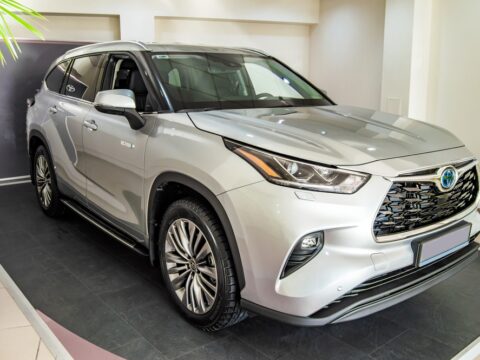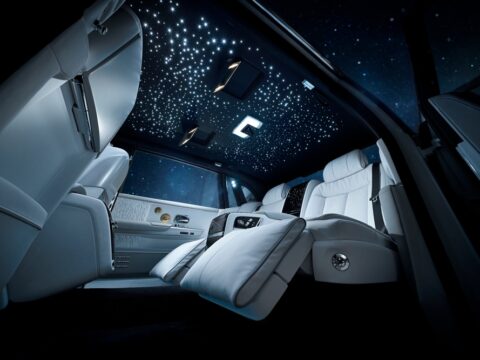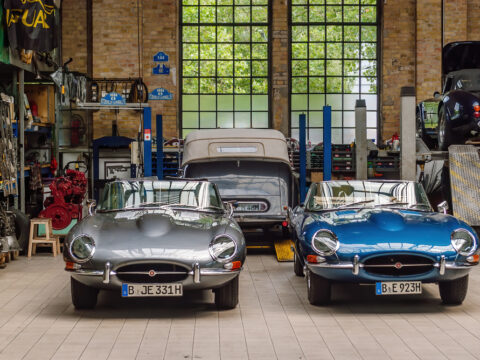The Audi R8 is more than just a car; it’s a symbol of precision engineering and design excellence. But what went into creating this iconic supercar? In this article, we’ll take you behind the scenes to uncover 15 fascinating details about how the Audi R8 was born. From the initial concept sketches to the final production model, discover the stories and secrets that shaped this automotive legend.
Contents
Le Mans Inspiration
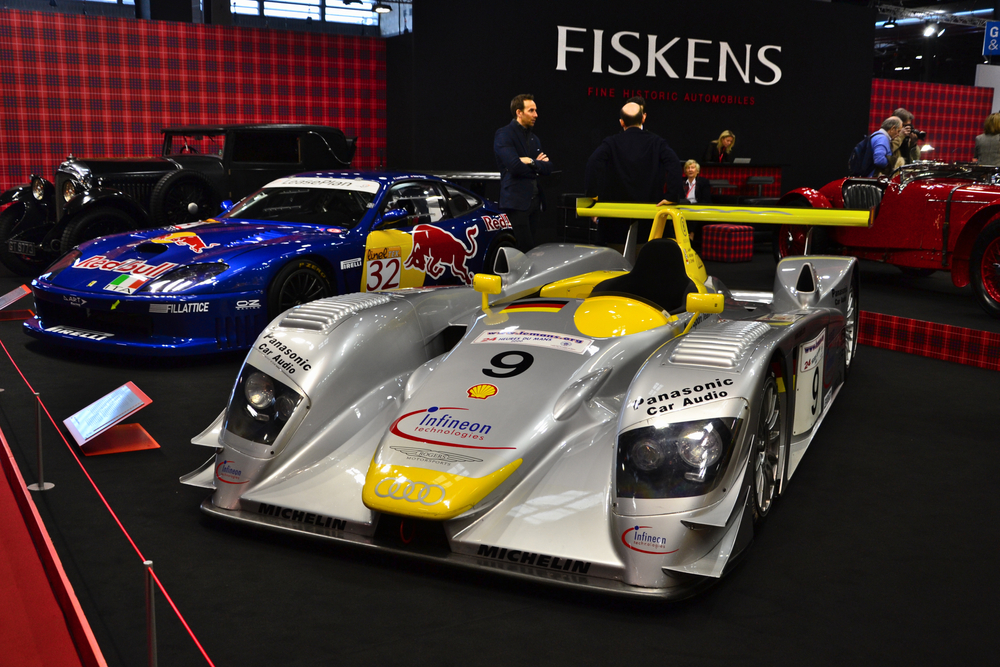
The Audi R8 drew significant inspiration from Audi’s success at the 24 Hours of Le Mans, particularly from the R8 LMP race car, which dominated the event. The lessons learned from endurance racing, such as the importance of lightweight materials, aerodynamics, and durability, were directly applied to the R8’s design and engineering. This connection to Le Mans not only influenced the car’s technical aspects but also infused it with a racing pedigree that resonated with automotive enthusiasts.
Design by Walter de Silva

Walter de Silva, Audi’s head of design, played a pivotal role in shaping the R8’s aesthetics. De Silva aimed to create a car that was both aggressive and elegant, with a design that would remain timeless. His vision led to the R8’s distinctive low, wide stance, its striking LED headlights, and the iconic side blades. De Silva’s influence ensured that the R8 would not only perform at the highest level but also turn heads wherever it went.
Aluminum Space Frame
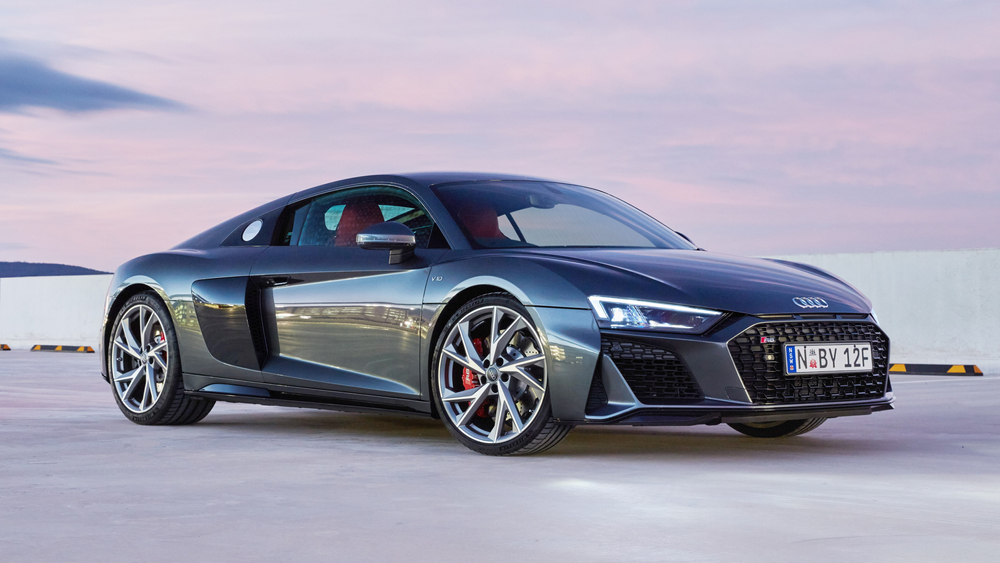
The R8 was one of the first production cars to utilize an aluminum space frame, a technology that was revolutionary at the time. This construction method made the R8 both lightweight and incredibly rigid, which translated to superior handling and performance. The space frame was key to the R8’s dynamic capabilities, allowing for a responsive driving experience while maintaining the structural integrity necessary for high speeds.
Quattro All-Wheel Drive
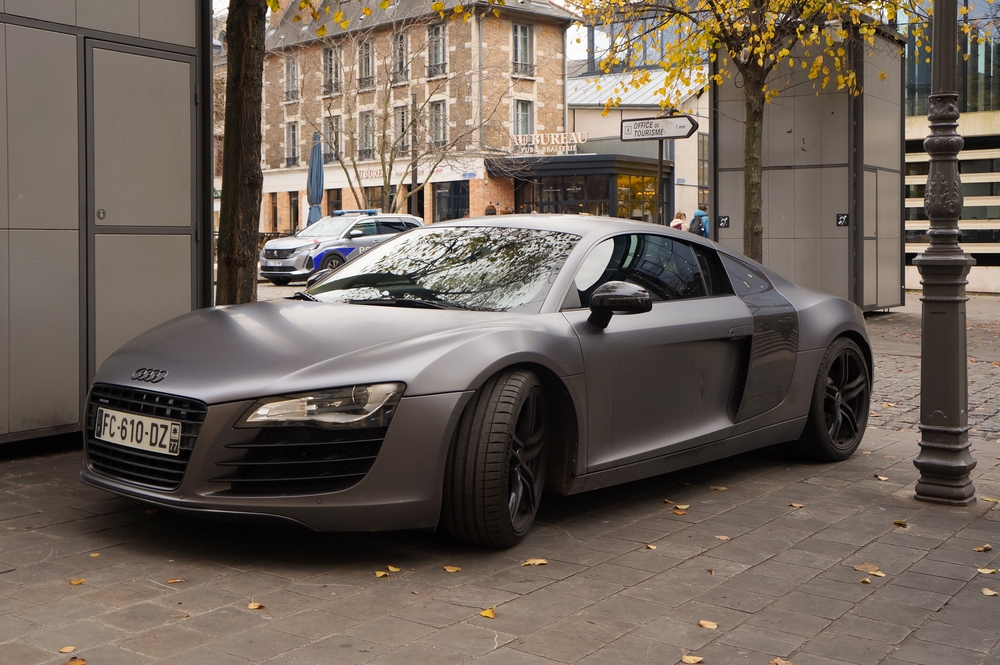
Audi’s Quattro all-wheel-drive system was a defining feature of the R8, providing exceptional grip and control in a variety of driving conditions. The system continuously distributed power between the front and rear wheels, ensuring optimal traction and stability. This technology, inherited from Audi’s rally heritage, allowed the R8 to handle both sharp corners and straight-line acceleration with equal prowess, making it a supercar that could be driven with confidence.
Mid-Engine Layout
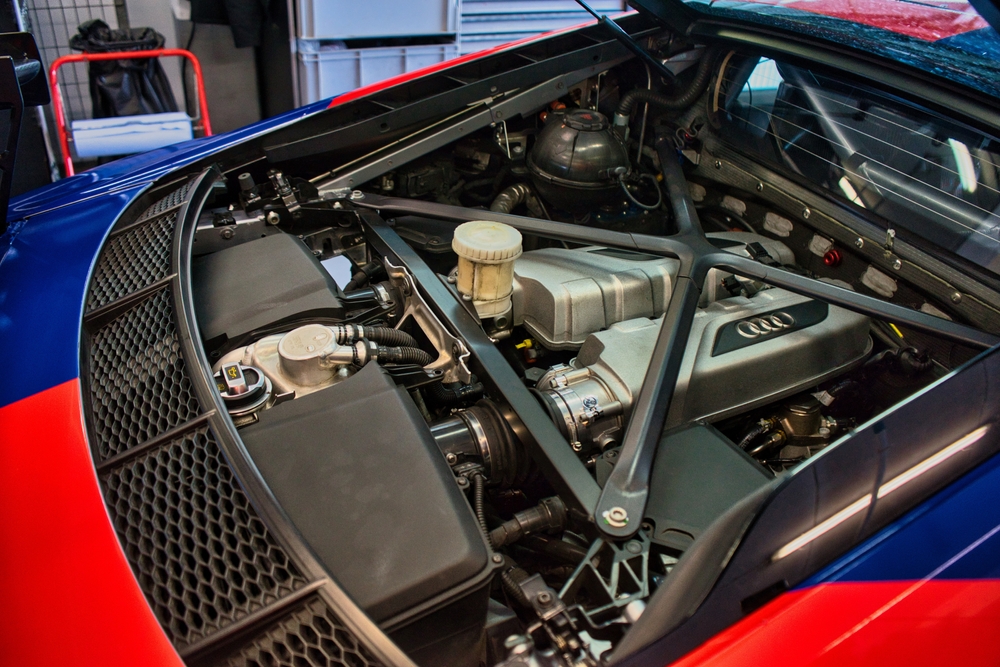
The decision to position the engine in the middle of the car was crucial to the R8’s balanced performance. This layout allowed for near-perfect weight distribution, which enhanced the car’s handling and stability, particularly at high speeds. The mid-engine design also contributed to the R8’s distinctive silhouette, with the engine visible through a glass panel, highlighting the vehicle’s performance credentials.
V10 Engine Option

Initially offered with a V8 engine, the Audi R8 later introduced a V10 option derived from the Lamborghini Gallardo. This engine significantly boosted the R8’s performance, delivering over 500 horsepower and allowing for a 0-60 mph time of just over three seconds. The V10 engine not only enhanced the car’s speed but also provided a thrilling exhaust note that became synonymous with the R8 experience.
LED Headlights
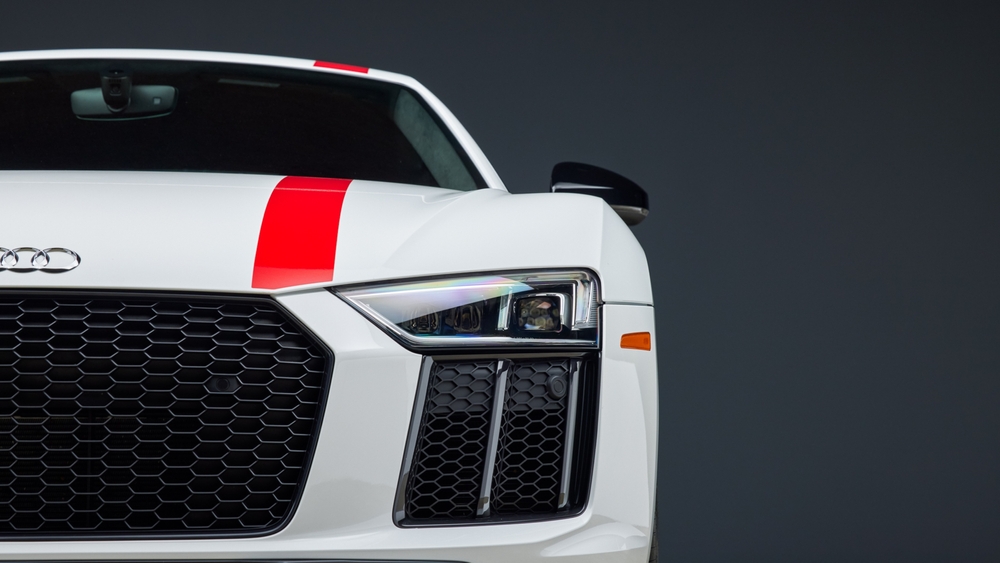
The Audi R8 was the first production car to feature full LED headlights, setting a new standard in automotive lighting. These headlights were not only more energy-efficient but also provided superior illumination, enhancing both the car’s aesthetics and safety. The LED technology became a signature feature of the R8, contributing to its futuristic look and performance.
R8 e-tron Development

As part of its commitment to innovation, Audi developed the R8 e-tron, a fully electric version of the R8. Although produced in limited numbers, the R8 e-tron pushed the boundaries of what an electric supercar could be, offering impressive performance and range. This project showcased Audi’s ability to combine cutting-edge technology with the high-performance characteristics of the R8, paving the way for future electric vehicles in the brand’s lineup.
Carbon Fiber Components
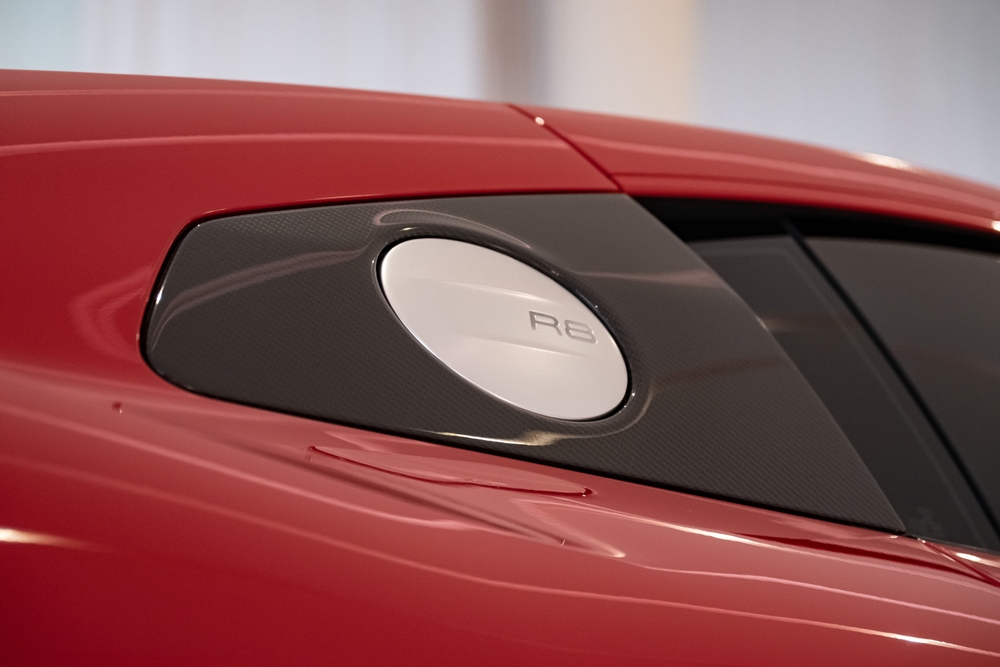
The R8’s design incorporated carbon fiber elements, including the side blades, to reduce weight and increase strength. Carbon fiber is known for its high strength-to-weight ratio, making it an ideal material for performance vehicles. By integrating carbon fiber into the R8’s structure, Audi was able to enhance the car’s agility and acceleration while maintaining structural integrity.
Iconic Side Blades
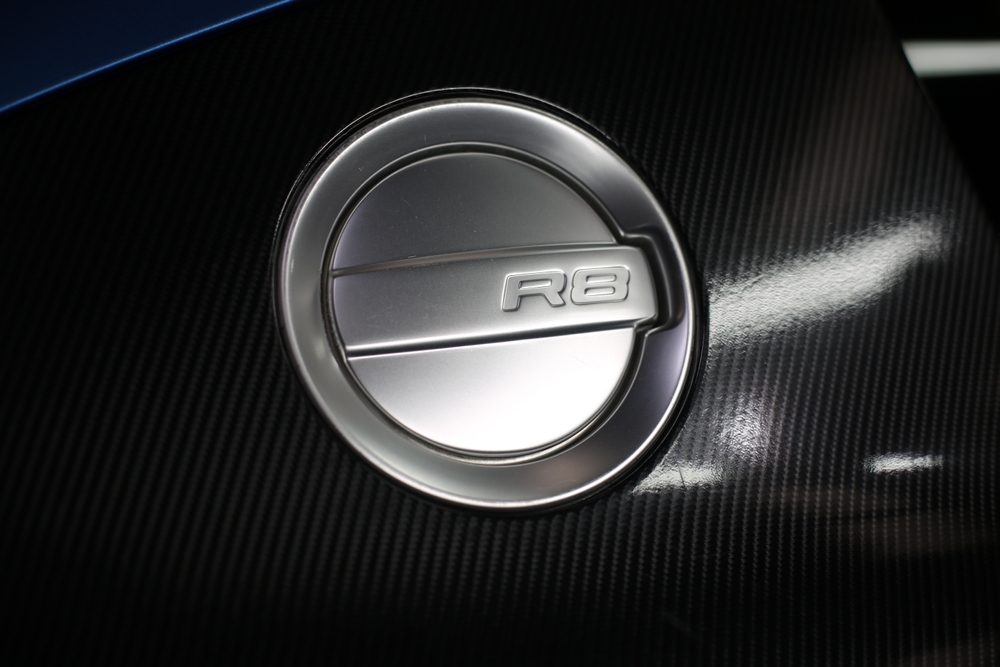
The side blades on the Audi R8 are not just a design statement; they serve a functional purpose as air intakes to cool the engine. These distinctive panels became one of the most recognizable features of the R8, contributing to its unique look while also playing a crucial role in maintaining engine performance. The side blades also offered a canvas for customization, allowing owners to personalize their R8.
Audi Space Frame Technology (ASF)
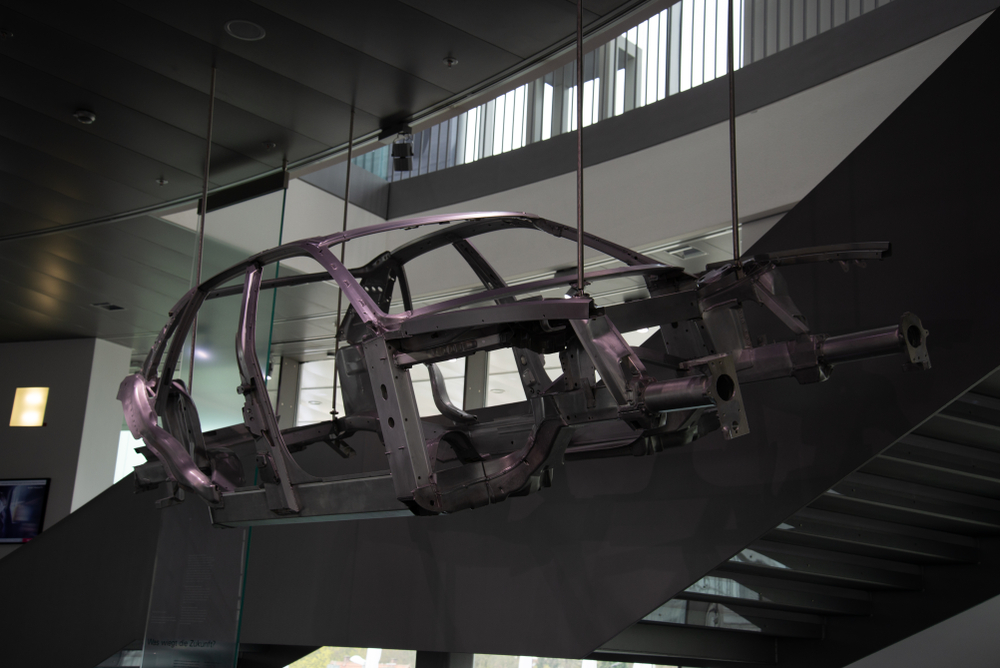
The R8 utilized Audi’s Space Frame technology, a combination of aluminum and magnesium, to create a structure that was both strong and lightweight. This innovative approach to construction allowed the R8 to achieve a high level of performance without compromising on safety or durability. The ASF was a key factor in the R8’s ability to deliver both speed and precision on the road.
Interior Design Focus
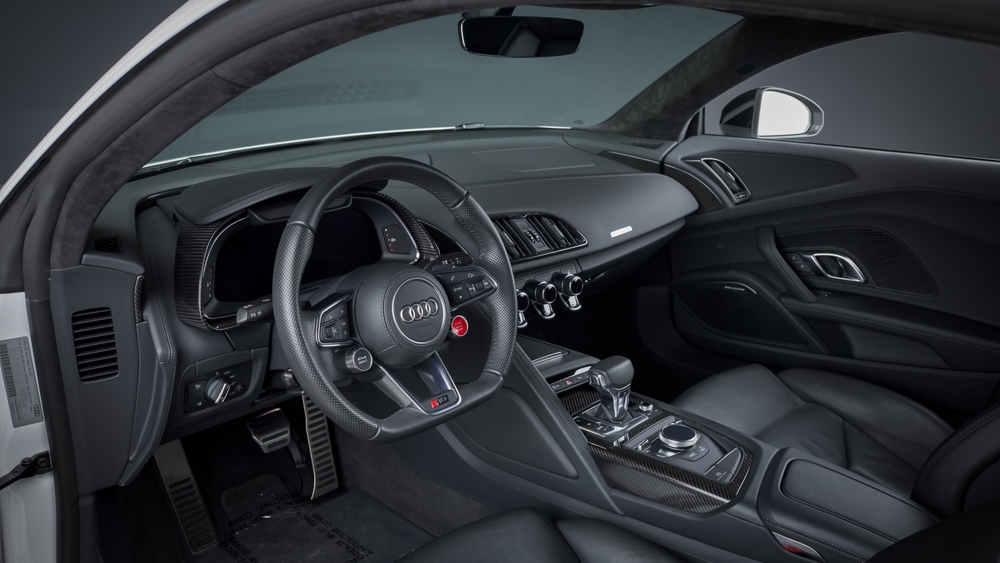
The interior of the Audi R8 was designed with the driver in mind, featuring a cockpit-like layout that emphasized control and comfort. Premium materials, such as leather and Alcantara, were used throughout the cabin, creating a luxurious environment that complemented the car’s performance capabilities. The focus on interior design ensured that the R8 offered an experience that was both exhilarating and refined.
High-Performance Braking System
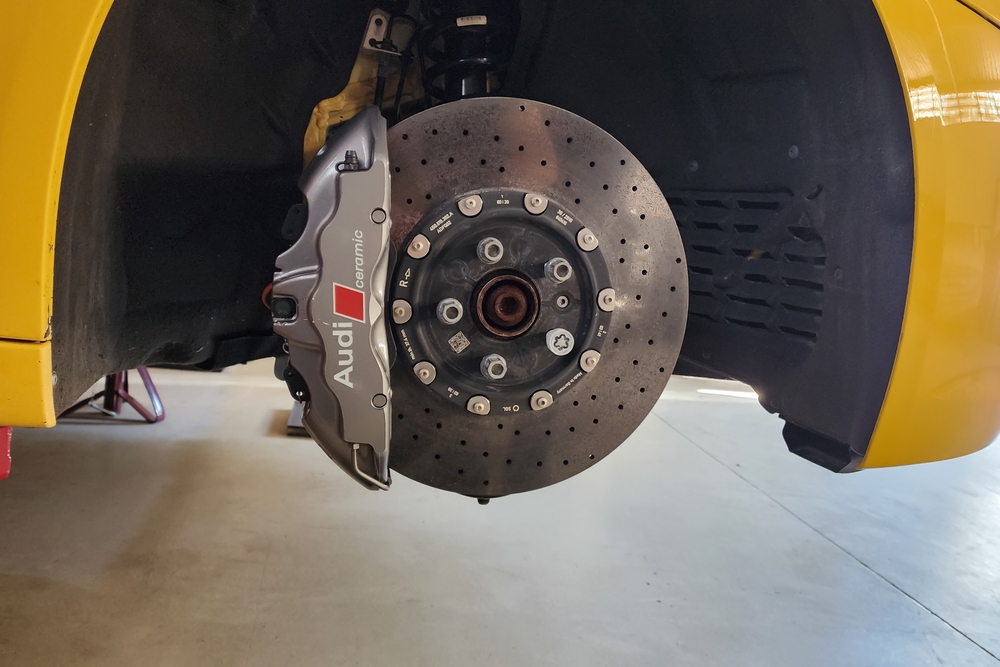
Collaborative Engineering
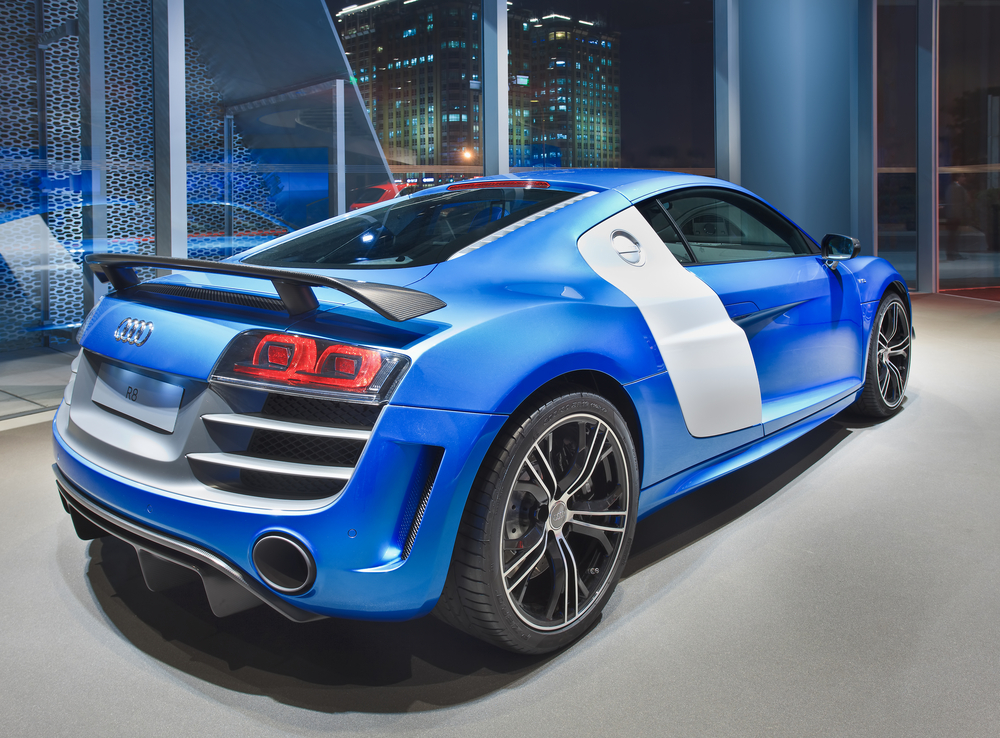
The development of the Audi R8 involved significant collaboration with Lamborghini, particularly in sharing components and technologies with the Gallardo. This partnership allowed Audi to leverage Lamborghini’s expertise in building high-performance supercars, while also maintaining the R8’s distinct identity. The collaboration resulted in a car that combined the best of both brands, offering a unique blend of German engineering and Italian flair.
Pop Culture Impact
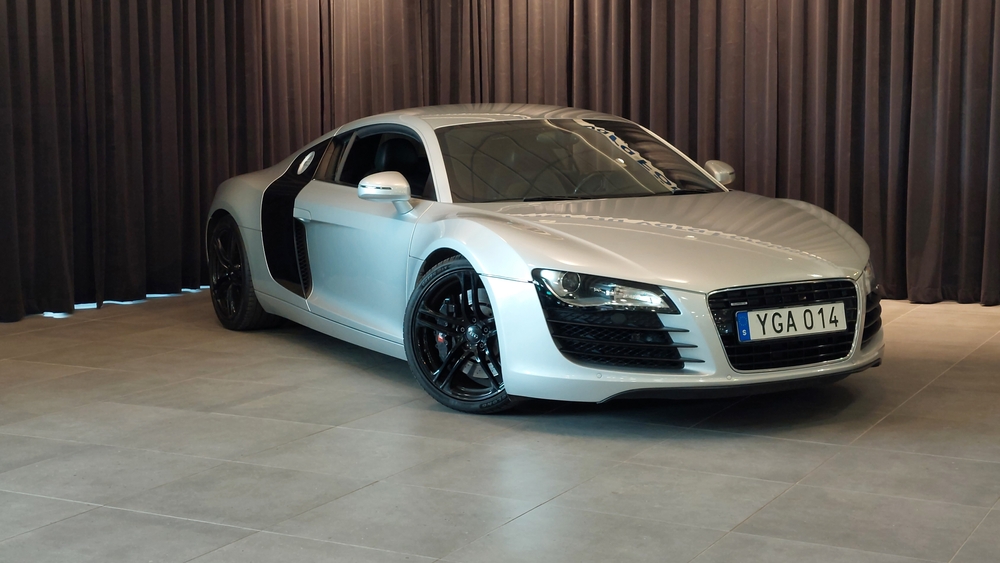
The Audi R8 quickly became a pop culture icon, appearing in movies like “Iron Man,” which further boosted its appeal and recognition. The car’s association with Tony Stark, a character known for his intelligence and style, helped cement the R8’s status as a symbol of modern luxury and performance. This pop culture presence contributed to the R8’s success, making it one of the most recognizable and desirable supercars of its time.
This article originally appeared in MyCarMakesNoise.
More from MyCarMakesNoise
13 Classic Chevrolet Cars That Failed to Impress

When it comes to classic cars, not every model becomes a beloved icon. Chevrolet, a powerhouse in the automotive industry, has had its fair share of hits and misses over the decades. While many Chevys have won the hearts of car enthusiasts worldwide, some models missed the mark by a wide margin. Read More
20 Ultra-Luxurious Sports Cars for the Ultimate Driving Experience

Ultra-luxurious sports cars offer an unparalleled driving experience, combining top-tier performance with exquisite craftsmanship and cutting-edge technology. These vehicles feature powerful engines, bespoke interiors, and advanced aerodynamics to ensure both speed and comfort. Read More
23 Most Reliable Trucks for Lifelong Performance

Selecting a truck that combines durability with reliability ensures that it can handle both the rigors of daily tasks and the challenges of heavy-duty work. From rugged off-road adventurers to dependable workhorses, certain trucks have established themselves as lasting partners, built to endure through years of service. Re ad More

